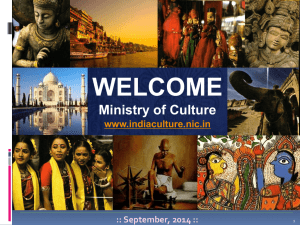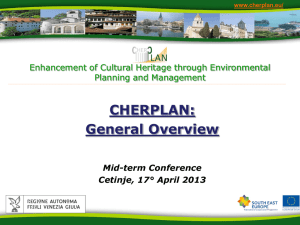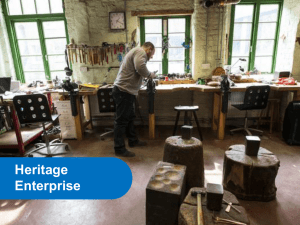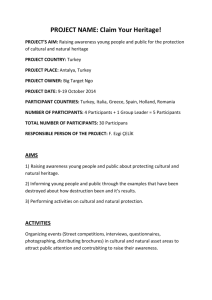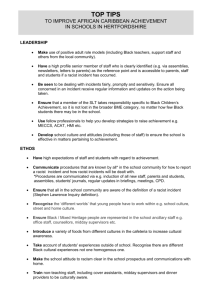Submited paper
advertisement
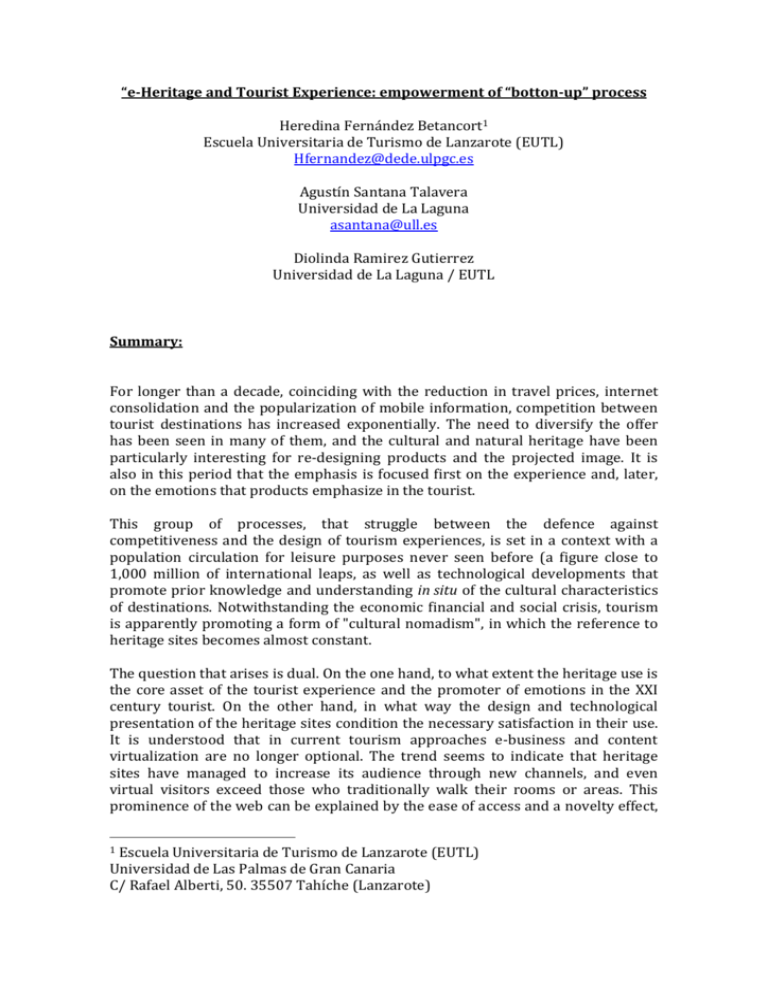
“e-Heritage and Tourist Experience: empowerment of “botton-up” process Heredina Fernández Betancort1 Escuela Universitaria de Turismo de Lanzarote (EUTL) Hfernandez@dede.ulpgc.es Agustín Santana Talavera Universidad de La Laguna asantana@ull.es Diolinda Ramirez Gutierrez Universidad de La Laguna / EUTL Summary: For longer than a decade, coinciding with the reduction in travel prices, internet consolidation and the popularization of mobile information, competition between tourist destinations has increased exponentially. The need to diversify the offer has been seen in many of them, and the cultural and natural heritage have been particularly interesting for re-designing products and the projected image. It is also in this period that the emphasis is focused first on the experience and, later, on the emotions that products emphasize in the tourist. This group of processes, that struggle between the defence against competitiveness and the design of tourism experiences, is set in a context with a population circulation for leisure purposes never seen before (a figure close to 1,000 million of international leaps, as well as technological developments that promote prior knowledge and understanding in situ of the cultural characteristics of destinations. Notwithstanding the economic financial and social crisis, tourism is apparently promoting a form of "cultural nomadism", in which the reference to heritage sites becomes almost constant. The question that arises is dual. On the one hand, to what extent the heritage use is the core asset of the tourist experience and the promoter of emotions in the XXI century tourist. On the other hand, in what way the design and technological presentation of the heritage sites condition the necessary satisfaction in their use. It is understood that in current tourism approaches e-business and content virtualization are no longer optional. The trend seems to indicate that heritage sites have managed to increase its audience through new channels, and even virtual visitors exceed those who traditionally walk their rooms or areas. This prominence of the web can be explained by the ease of access and a novelty effect, Escuela Universitaria de Turismo de Lanzarote (EUTL) Universidad de Las Palmas de Gran Canaria C/ Rafael Alberti, 50. 35507 Tahíche (Lanzarote) 1 but it could also be determined by the own characteristics of the access, where the user has come to play a "greater" role over processes, selection and significance finally presented, even above those determined by the same visitor. However, it is not so clear that all visitors feel comfortable with these new representations of heritage, or that all its promoters have accepted the heritage resignificance (adaptation of heritage for tourist visits) as a need in the growing culture consumption. A better knowledge of the emotional-behavioural typology of heritage visitors and the preparation of the destinations and its heritage agents, might help to understand the degree of mutual effect and the existing tensions in the exchange between tourism planning and museographic and heritage proposals, or what it should be the same, between sites, users and uses. This work, geographically located on the Canary island of Lanzarote, focused its aim to establish the empowerment of the tourist in the heritage presentation. Starting from a combination of quantitative and qualitative techniques, the intention is to establish the degree of the existing tensions in heritage sites, the construction of the tourist experience and the existing pressure on the design and presentation of such cultural products.

